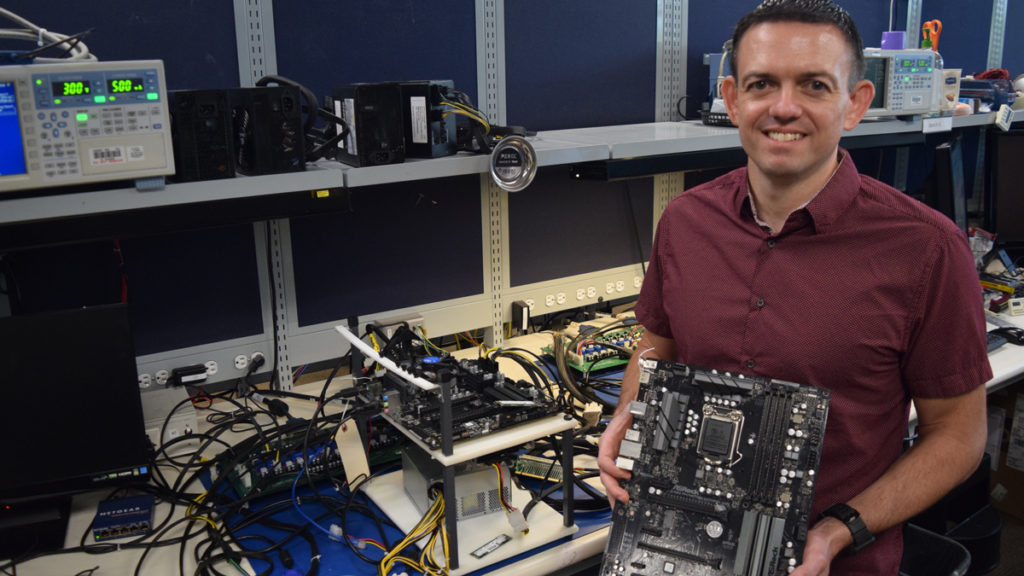
PSU manufacturers are reportedly in little rush to adopt Intel’s new ATX12VO power supply standard, which utilizes a single rail design to reduce desktop PC idle power. The news comes from ZDNet Korea, who spoke to at least one industry official confirming the lack of interest due to increased component prices. Another insider claims that Intel might be desperate enough to enforce the ATX12VO standard by making the specification mandatory for its upcoming lineup of 12th Gen Core “Alder Lake-S” 600 Series motherboards.
“In order to increase power efficiency, internal components are added and the structure of various cable terminals is changed, so the initial product price is inevitably increased,” one manufacturer explained.
“There is a possibility that Intel will enforce the ATX12VO standard on the motherboard for the core processor (Alder Lake) that will be released in the second half of this year, but it is unlikely to be realized,” another manufacturer stated.
Intel initially detailed its new ATX12VO power supply standard in a press release published nearly a year ago on April 2020, which clarified that the standard was in development for two years and designed to satisfy new energy requirements set by the EPA, California Energy Commission, and other regulating bodies. It also confirmed that ASRock had launched the industry’s first ATX12VO motherboard: the Z490 Phantom Gaming 4SR.
“A single rail power supply design is one answer to help OEMs reduce desktop PC idle power and meet the new government regulations,” Intel wrote. “For years there have been custom single rail power supply designs. But until Intel created the ATX12VO design and publicly shared it, there was no industry standard to help PC-makers reduce the energy desktop systems use when idling.”
“Currently, power supplies change the AC current at the plug to the DC current your computer needs. That conversion can cause the greatest loss of power when a computer is idling and at its most inefficient. Most power supply units have 12-, 3.3- and 5-volt rails, or circuitry that creates the voltage. The ATX12VO standard takes out the 3.3- and 5-volt rails and moves the creation of these voltages to the motherboard where they can be more energy-efficient.”
